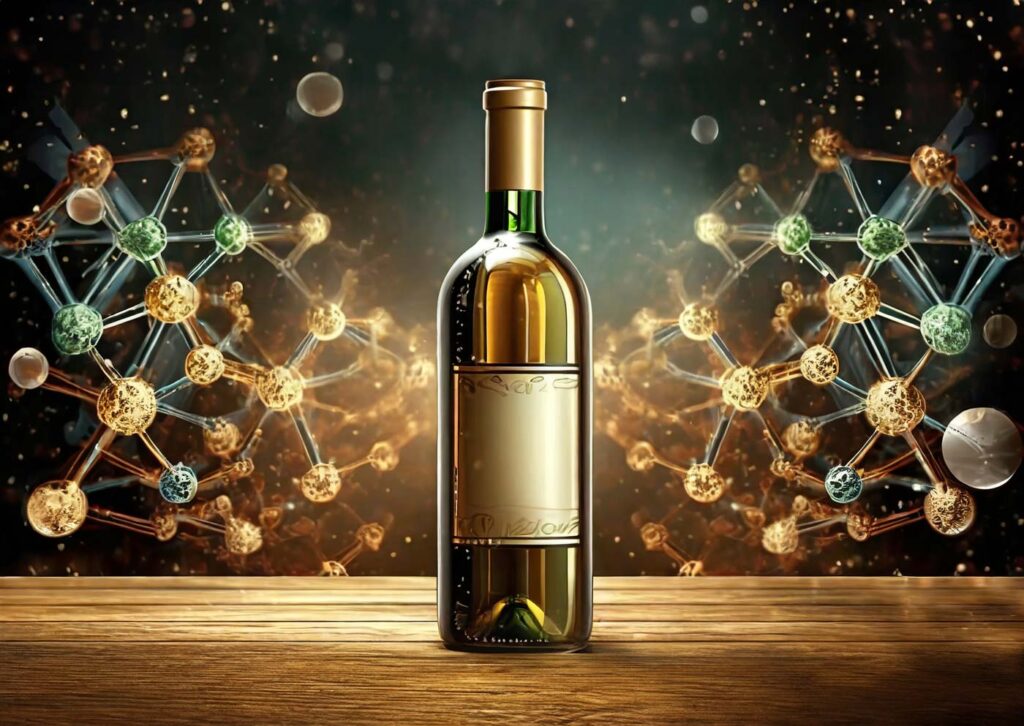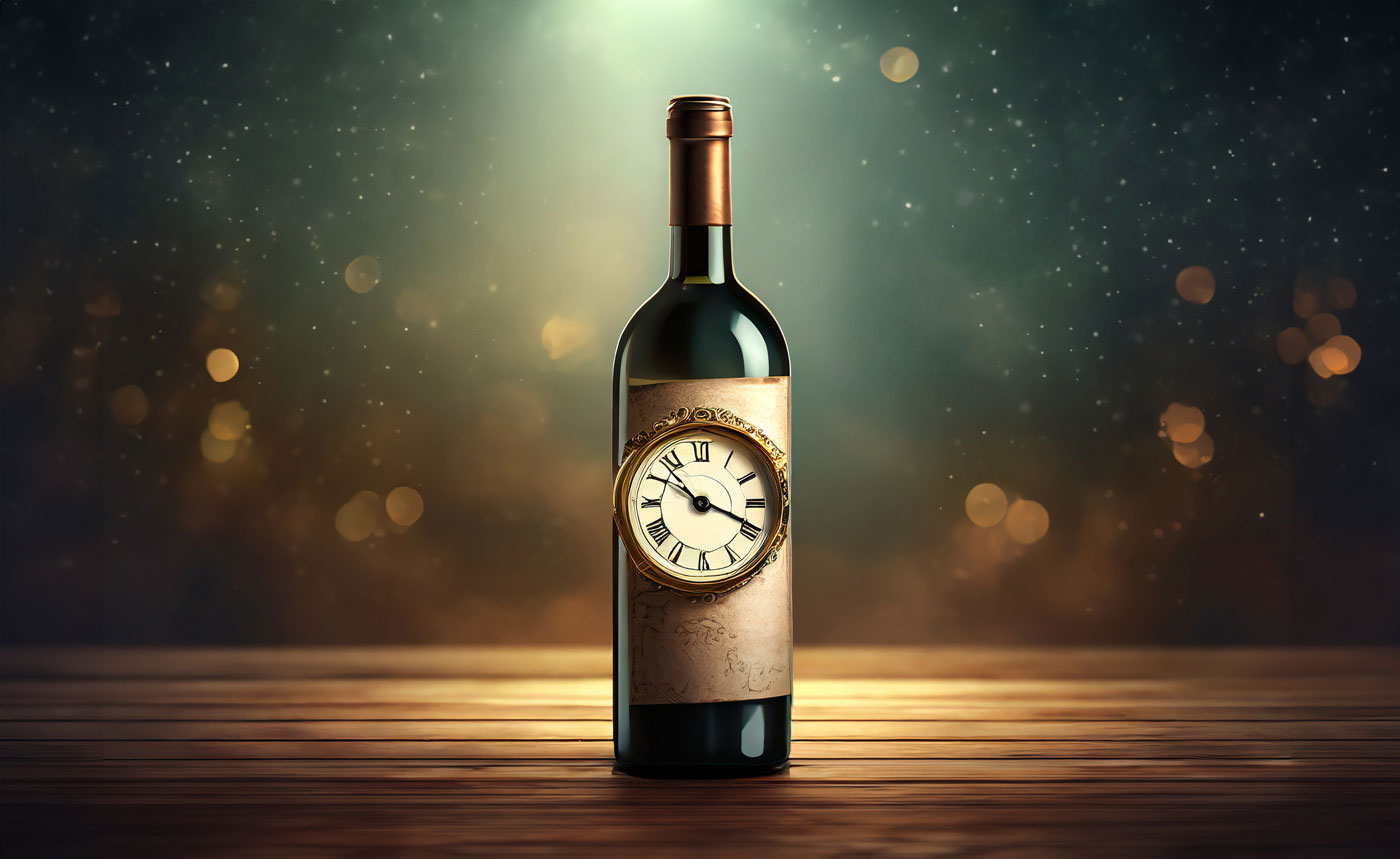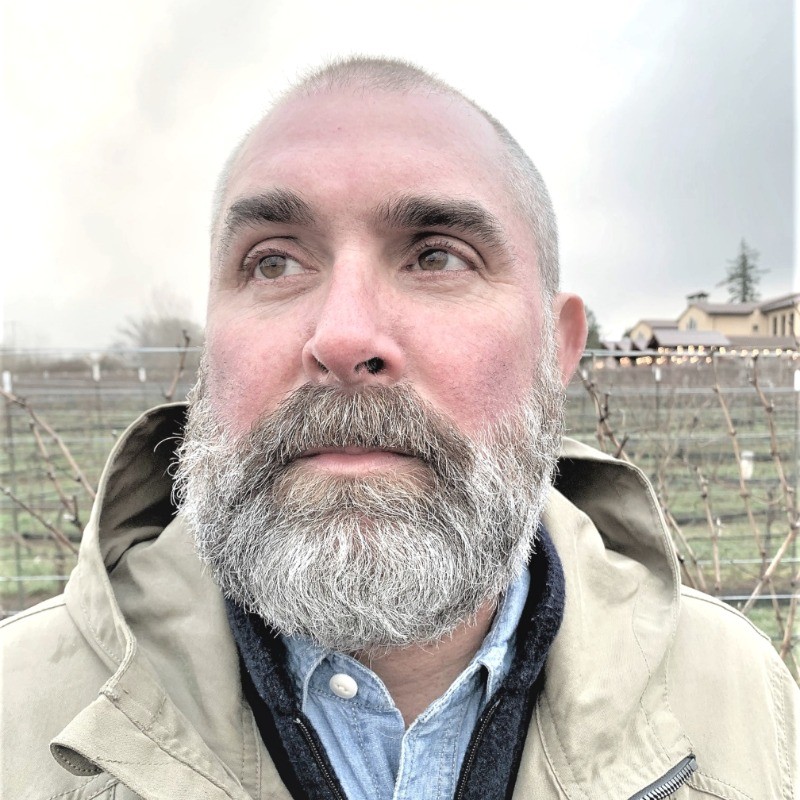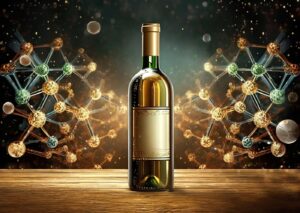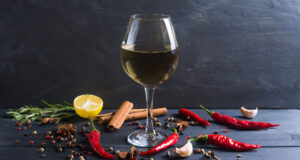As the birthday card says “You’re like a wine, getting better with age!”
Ha ha, but what does the mean???
Aging, in this context, does not simply mean getting older. Any wine (or person) can do that. And all wines (like all people) will change as they get older. Aging implies that those changes are positive ones, that the wine (or person) is evolving or maturing. Can’t speak for people, but that only happens to wines with certain characteristics.
Most importantly, because one of the main goals of aging a wine is to develop complex aromas and flavors, a wine must have a high concentration and intensity of both to begin with. Otherwise, there is nothing to work with. Sorry, Pinot Grigio, love you today but you’re built for speed not distance. Ditto wines like Sauvignon Blanc, Rosé and Beaujolais. Their appeal is in their youthful freshness which will only fade over time, along with their appeal.
The second key factor making a wine suitable for aging is the degree to which it structurally prepared for the journey. The are nefarious forces, within and without, threatening to degrade the wine before it reaches its full potential. Acid, tannin, and sugar are powerful protective and stabilizing agents. High concentrations of any or all of these keep the wine from spoiling, oxidizing or otherwise going sideways during a lengthy period in the bottle.
Finally, the other thing in the bottle (besides the wine) has a big influence on age-ability. That would be the closure. Oxygen is the catalyst for much of the aging process but only in Goldilocks amounts (not too much… not too little… just right). Natural corks are extremely good at meeting that mark. Diam “corks” and screw caps with Saranex linings are quite good as well and getting better. The point being that if a wine is in a completely sealed container nothing about it will change, ever. Lucky for consumers, winemakers are by and large aware of this situation and choose their closures accordingly.
Now that the pre-requisites for aging have been established, let’s lay out the expectations. In other words, this is what changes about a wine with time spent in bottle:
Color
Red wines move from ruby or garnet to brick or even tawny. They also become paler in intensity. White wines go from yellow-gold to amber and their intensity increases.
Tannis
Levels in red wines drop and the wine becomes noticeably softer and smoother. There are typically low-to-no tannins in whites, so no change here.
Flavors
In both red and white wines, the primary and secondary characteristics of youth meld to produce a third category called tertiary. That is, the aromas and flavors of the grape and the barrel transform into those that can only arise in the bottle.
This has been, so far, a fairly theoretical excursion. Let’s bring it home with a few IRL examples of what wines one might age and why:
High tannin reds like Barolo, Cabernet, Sangiovese are going to reward your patience in the short-term by revealing the bold fruit flavors that were initially obscured. Over the long haul, those tannins will preserve the wine and allow for savory tertiary characteristics like leather and mushroom.
High acid whites like Riesling, Champagne will deepen and intensify their core of citrus fruit and express high toned tertiary notes of honey, preserved lemons and petrol (in the case of Riesling.)
Complex whites/reds like Pinot Noir & Chardonnay see their web of flavors and aromas intensify and expand. Outlying secondary characteristics like oak integrate with time to form impossibly deep and layered tertiary profiles that transcend and encourage further extravagant spending and bad poetry.
Sweet wines such Late Harvest Riesling, Sauternes or Tokaj start deep and concentrated and compact in on themselves like black holes. With these wines, high levels of acidity maintain a paradoxical freshness to aromas and flavors of honey, dried tropical fruits, figs, and caramel.
If that last paragraph does not convince you of the benefit to aging wines, nothing will. Once converted, questions remain: What to age? For how long?
Recapping the “what”: wines with high concentrations of flavor and also high levels of acid, tannin and/or sugar sealed with a permeable closure.
“How long” is a matter of taste. If you simply want the tannins in a red to chill out so you can taste the rest of the wine, 5 years should do. If you’re seeking a full tannin stand down and developed tertiary components, minimum 10 years but up to 20. Age-worthy dry whites pay off sooner, you’ll see marked improvement at 3 years and 5-7 years should be enough for most to reach a plateau of elegance. Champagne adds about 2 years to each of those goals, but some can go longer. Sweet whites run closer to big reds, really hitting their high notes from 10 years on.
As always, your results may vary. Of course, every critic with an internet connection is happy to offer their opinion but we endorse education and encourage experimentation.
The Science Behind Wine Aging: A Journey Through Time
